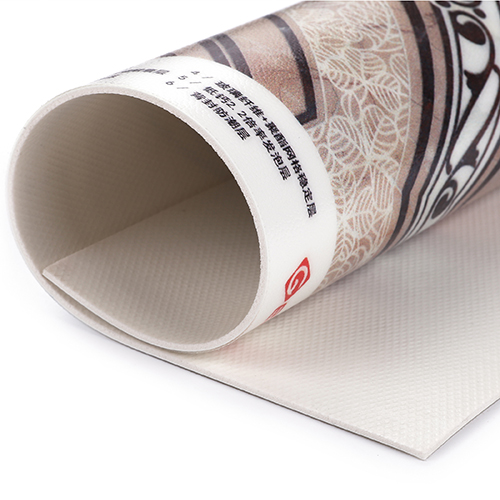Oct . 08, 2024 00:11 Back to list
table tennis flooring specifications
Understanding Table Tennis Flooring Specifications
Table tennis, often referred to as ping pong, is a fast-paced sport requiring precise movements and quick reflexes. One crucial aspect that significantly influences players' performance is the quality of the flooring. The right flooring not only enhances the playing experience but also contributes to the safety and durability of the playing surface. Understanding table tennis flooring specifications is essential for clubs, schools, and sports centers aiming to provide optimal environments for players.
Firstly, table tennis flooring must meet specific standards set forth by governing bodies such as the International Table Tennis Federation (ITTF). The ideal surface should be smooth, flat, and provide adequate grip to ensure a consistent bounce of the ball. Typically, hardwood, vinyl, or specific composite materials are used to create a suitable playing surface. Among these options, hardwood is often preferred for its natural elasticity and ability to absorb shock, providing a more responsive experience for players.
One vital specification in table tennis flooring is the shock absorption rate. This is crucial as it directly impacts player comfort and the risk of injuries. Floors with a shock absorption rating of around 25% to 35% are generally considered suitable. This helps to minimize the stress on players' joints, especially during intense matches that involve rapid lateral movements and sudden changes in direction.
Another important aspect is the coefficient of friction, which determines how much grip the floor provides. A flooring with too much friction can hinder movement, while too little can lead to slips and falls. For table tennis, an ideal coefficient of friction ranges between 0.4 and 0.7. This balance allows players to make quick, agile movements without compromising safety.
table tennis flooring specifications

In addition to performance characteristics, flooring specifications also consider durability. A surface must withstand the wear and tear from regular practice and competition while maintaining its quality over time. High-quality synthetic materials often offer enhanced durability, resisting scratches and impacts better than traditional wood.
Moreover, maintenance is a crucial aspect of flooring specifications. Easy-to-clean surfaces help maintain hygiene in sports facilities. For instance, vinyl flooring is often favored for its low maintenance requirements; it can be quickly wiped clean and often does not require refinishing, unlike hardwood floors that may need periodic sanding and sealing.
Environmental factors also come into play. Flooring should be designed to handle temperature fluctuations and humidity levels, particularly in regions prone to such changes. Special engineered floors can mitigate expansion and contraction, ensuring longevity and stability.
Lastly, aesthetic appeal should not be overlooked. The flooring can enhance the overall visual presentation of the facility. Many venues choose color schemes that align with their branding or create a dynamic environment conducive to competition and spectator engagement.
In conclusion, the selection of table tennis flooring is a multifaceted decision that should consider various specifications, including material type, shock absorption, grip, durability, maintenance, environmental resilience, and aesthetic attributes. By adhering to proper standards and investing in high-quality flooring, facilities can create optimal playing conditions that enhance performance and ensure the safety of players, fostering a vibrant table tennis community for years to come.
-
Premium Outdoor Tennis Court | Durable & Weather-Resistant
NewsAug.03,2025
-
Wood Sports Flooring Enhanced by GPT-4-Turbo | Top Performance
NewsAug.02,2025
-
Sport Court Tiles with AI Innovation | Durable & Safe
NewsAug.01,2025
-
Vinyl Carpet Flooring | Durable & Waterproof Design
NewsJul.31,2025
-
Premium Basketball Board Stand with GPT-4-Turbo AI
NewsJul.31,2025
-
Premium Maple Flooring for Gyms & Homes | PVC & Vinyl Options
NewsJul.30,2025

